|
Published in 2004, the Encyclopedia of New Jersey ( FPL R 974.9003 EN ) is a great reference book with over 3,000 original entries, 585 illustrations, and 130 maps. Despite it’s comprehensiveness, there’s something missing between ‘Horse’ and ‘Horseshoe Crab’ : The Horseneck Riots. ( Note: If you are not already familiar with the Horseneck Riots an introduction can be found here. If we look at the Fairfield ( Essex County ) entry in the NJ Encyclopedia, we find the following from author Charles A. Poekel Jr. who published “West Essex – Essex Fells, Fairfield, North Caldwell, and Roseland” ( FPL 974.9 PO ) : “One of Fairfield’s earliest settlers was Simon Van Ness, who in 1744 participated in the so-called Horseneck Riots, when Horseneck farmers stormed the Newark Jail and freed Samuel Baldwin, who had been incarcerated in a deed dispute with the East Jersey Proprietors.” I don’t mean to pick on Mr. Poekel ( again ), but I doubt Simon Van Ness had anything to do with the Horseneck Riots. Certainly, like practically everyone else, Simon had property issues with the East Jersey Province Proprietors. Land disputes were innumerable and related rebellious behavior dated back over 70 years, but there is ample evidence to suggest that Simon was unlikely to participate in these riots. Simon settled his land issues with the EJPP’s prior to the Horseneck disturbances. Many of such settlements had pledges or implied loyalty oaths to the Crown and Proprietors. My thought is Simon wouldn’t jeopardize his good standing with the EJPP by rioting against their interests. You also have to consider Jersey Dutch vs. English Newarker insularity. Although neighbors were drawn closer by similar EJPP land disputes, they were culturally, socially, religiously, and linguistically isolated. This insularity was palpable. From 1652 to 1674 their respective homelands fought three Anglo-Dutch Wars and New Amsterdam ( NYC ) changed hands between the Dutch and English three times during this period. Even though 70 years in the past, the scars of distrust survived for many generations. At the time of the first Horseneck Riot (1744 ), the local Dutch and English didn’t even speak the same language. And lastly, Simon was 78 years old at the time. I could be wrong, but I can’t imagine him jaunting 32 miles roundtrip to Newark and back one evening. Possible, but not likely in my opinion. I would take Jersey Dutch non-participation even further. 100 of the 101 Subscribers to the original Horseneck Tract negotiations had English surnames. All those arrested ( 36 ) had English surnames except for one Johannes Van Winkle. All but one of the Rioters who made the final capitulation to the EJPP had English surnames as well. Generally speaking, the Jersey Dutch may have been sympathetic to their Neighbors’ cause, but I’m guessing this may have been the extent of their involvement. Please keep in mind that there is a difference between the Horseneck Section ( or Region ) of Essex County and the ‘Horseneck Tract’ of 13,500 acres that the 100 English ( and 1 Dutch ) subscribers purchased from the Indians in 1701. Fairfield land was a very small part of the 13,500 acre contested tract (see map below). Figure 1 : The English Newarkers called this red line the ‘Dutch Line’, while the Jersey Dutch sometimes called it the ‘English Line’. Fairfield was mostly covered by a 1684 confirmed Proprietary deed to a Dutch Company at Acquackanonk ( Passaic-Paterson-Clifton ). Armchair historians often conflate the Horseneck Tract Indian Deed with the larger Horseneck Section of Essex County. Keep in mind there were several Indian land purchases in the Horseneck Section. Simon Van Ness and his eight partners had one and the Francisco Family claimed to have another. Also keep in mind that the Passaic River was not always used as a boundary in such deeds and land patents. The ‘Dutch Line’ ( Figure 1 above ) was a ‘Horseneck Tract’ named boundary line running from Pine Brook to a point north of Cedar Grove ( Singac ). This line almost perfectly distinguishes the Passaic Valley from the foothills of Second Watchung Mountain. Thus it was not an arbitrary boundary and most of this valley was already purchased ‘of the heathen’ by the Jersey Dutch. The Horseneck Tract Indian Deed also excluded any lands already purchased of the ‘heathens.’ If you read Max K. Vorwerk’s Introduction link above, you’ll already know about Samuel Baldwin being arrested for cutting choice timber on land not legally deeded to him ( his contemporary friends disputed this fact ). This was in the Verona area, so geographically, Samuel Baldwin was not from today’s ‘West Essex’. The back cover of Mr. Poekels illustrated “West Essex” book. Once I read that Fairfield was the epicenter of the Riots. I’m guessing that was because our Horseneck Road runs through the old Horseneck Section and lasted much longer as a farming community. Otherwise, I can’t imagine how such a conclusion was reached. Maybe Fairfield or Jersey Dutch folks seem more like ‘Rioters’ - huh ? New Jersey’s Proprietary land ownership can generally be divided into two eras. The first from 1674 to 1702 when the Proprietors held all lands and Government was split between the East Jersey and West Jersey Provinces. After 1702 until the Revolution the two Provincial Governments were united as a Royal Colony. Land ownership, however, remained with the Proprietors. A detailed and scholarly description of the earlier period was written by John E. Pomfret : The Province of East Jersey 1609-1702, The Rebellious Proprietary ( FPL 974.9 PO ). As Professor Pomfret’s subtitle indicates, this was a Rebellious time in New Jersey that clearly dispels the myth that the Horseneck Riots ( more than forty years later ) were the ‘first successful resistance against British tyranny.’ If you need to see the several acts of resistance, conflict and disorder throughout the Colonies, they are among the many listed here : Conflicts in British America. One important law was passed in 1683 that forbade any treaties with the Indians without license from the Governor. To do so was a seditious act and subject to prosecution. Despite later claims to the contrary, this law was well known. As author David Lawrence Pierson described it in his 1917 ‘Narratives of Newark’: “The ( HN ) settlers were determined to act independently of the Proprietors.” And even after a 1702 law reinforced the 19 year old law and harsher penalties added “The settlers were not deterred by this mandatory act.” To paraphrase Max K. Vorwerk’s conclusion that the Horseneck settlers were unlettered men, unfamiliar with legal terminology, and were taken advantage of by shrewd and clever Proprietors, I cannot fully agree. Surely many settlers were just that, however it’s ludicrous to assume that 101 Subscribers with the means to buy 13,500 acres could be that collectively ignorant. In my view, it’s an easier argument to make that many Horseneck settlers were misguided by their Leaders. You’ll not read that one anywhere else! ( I guess my two lines of 10th generation Jersey Dutch are showing – huh ? :- ) :- ) Another example of Horseneck Tract Rioter behavior was their collection of funds to send Representatives to London to argue their case. Tunis Speer owned 400- 500 Horseneck Acres by both Indian and Proprietary title. He was approached by a HN Tract Rep who told him he had to give them £11 and four shillings to defray their costs. When he objected, he was told that they would dispossess him of his lands ! At least that’s what Tunis told the Proprietors in an affidavit. If true, its pretty ironic that the HNT’ers were collecting taxes and making threats to owners of properly deeded property. ( I wonder if they requested funds from Simon Van Ness and others too ? ) Mr. Lynn G. Lockward devoted many pages to the Horseneck Riots in his “A Puritan Heritage, The First Presbyterian Church in Horse-Neck ( Caldwell, N.J.)” ( interlibrary: Caldwell 285.17 LOC or FPL reference 974.931 LO ). Good detail but one paragraph in particular really tickled my historical funny bone : “The underlying motives of the Dutch and Puritan settlers differed in that the former came primarily for commercial reasons, although they brought their church with them and were governed more or less by its precepts; whereas the latter came primarily to establish a church in accordance with their own concepts of scriptural teaching, but they also brought with them their shrewd and thrifty business acumen which has since characterized the New England Yankee.” I found this hilarious. These Puritans were so shrewd with all of their thrifty business acumen - lost their cause, were legally humiliated, and paid the Proprietors fully – one way or another. Some even had to post £100 bond for a three year probationary period. Thrifty business acumen indeed ! After reading my last few pages, the Horse Neck Founders Society presented me with their ‘Horseneck Trophy’ illustrated below : Another conclusion that is often repeated is that the rebellious behavior and resulting settler bitterness foreshadowed Revolutionary War fervor some 30 years later. Maybe ‘rekindled’ would be a better word because the settlers depended upon British Troops to protect them during the French and Indian War ( 1754- 1763 ). British troops not only helped the colonists to fight the war, but were stationed in the colonies for protection after the war. This welcomed dependency soothed over most of the prior land dispute hostilities. So there really wasn’t a direct path from the Horseneck Riots to the Revolution a generation later. Britain needed money to support these troops, so Parliament decided to tax the American colonies accordingly. Beginning in 1764 many new laws were enacted and several new taxes were levied: the Sugar Act, Currency Act, Quartering Act, the Stamp Act, etc. As stated earlier, ‘rekindled’ old land dispute animosities would be a more appropriate statement. There is a lot more to the story, and I encourage you to read further. Lynn G. Lockwards and John E. Pomfrets already mentioned books are both excellent. . “A History of the Horseneck Riots” by Max K. Vorwerk ( FPL Reference 974.9 VO ) is a classic and well worth spending time in the Library to read it ( plan an hour ). While Mr. Vorwerk’s 1948 Masters Thesis was the basis for his writing, a much more comprehensive PhD. type effort on Proprietary era disputes was written by Professor Brendan Mc Conville : “These Daring Disturbers of the Public Peace, The Struggle for Property and Power in Early New Jersey” ( 1999 ). This scholarly effort is important because it delves into the root causes of the HN conflict that date back nearly a century before. It provides the context, details, and perspective that force us to reevaluate the relative importance of the HN Riots in New Jersey’s pre- revolutionary history. It also details the bad behavior of the Proprietors that this article did not elaborate. Highly recommended. Front cover of Mc Conville’s excellent book and a photo of the Horseneck Riots taken 80 years before photography was invented :- ) :- ) Sonny Curtis wrote the song “I fought the law” in 1958 that was covered by the Clash. ( FPL CD Collection A CLA :- ) :- ) and a 2019 May Day gift idea. Have fun surrounding Tunis Speer with Horseneck Rioters demanding money. Just $ 17.46! If the Horseneck Tract settlers had prevailed over the Proprietors, its likely we wouldn’t be reading about horseshoe crabs in the Encyclopedia of New Jersey. The Encyclopedia of New Jersey ( FPL R 974.9003 EN ) Dedicated to Tunis Speer and Fairfield’s Speer ( Spier ) Family. Jan and Hans Spier were two of Simon Van Ness’s eight land acquisition partners in 1701. One of the larger Speer Homesteads was on Fairfield Road running from the Horseneck Road intersection all the way to the Churchill School property. A great Fairfield Family. ...............Paul Pollio March 1, 2019
2 Comments
Jonathan Baldwin
2/5/2024 05:46:19 am
Hello, I was wondering about one of the photos on the home page. In the second photo group, middle line and last photo to the right is a picture of a house with some people and a couple of wagons. Is this one of the Francisco houses on Fairfield Ave? It looks exactly like the house I grew up in, which was on the Francisco dairy. The barn in back of my house had a room lined in cork with a spring well to keep the milk cold. I was just wondering because the outline of the house is exactly the same except the porch was rebuilt and does not stretch across the entire front. My parents purchased the house in the 1980's and during renovations of the interior discovered the signature of my great grandfather Jack Van ness on a been. Apparently he had done the electrical work. Also- I appreciate the Horseneck article as my ancestors were the early Baldwin's and Sips of Newark/Horseneck/Passaic. My direct line goes back to the original family who settled in Newark from Milford CT, originally Buckinghamshire, England. They shoemakers,farmers and missionaries. Thanks- Jonathan Baldwin
Reply
2/5/2024 03:40:47 pm
Hey Jonathan, Sorry the picture you pointed out was the Dey Inn. It was originally a stop-off for Drovers who were taking animals "on the hoof" to eastern markets. There's a separate article about it. As a Baldwin, you have a great family ancestry. Please keep in mind there were many Francisco Dairy Farms before 'Dutch' Francisco consolidated them into the great Fairfield Dairy that became the world leader and originator of 'Certified Milk'. I'm also a Van Ness ( 37% per DNA ). Many of my Ancestors populated Dutch Lane ( later Fairfield Ave.). If you're local, I would love to speak with you about your growing up around here. If not you can always call me to chat 973-627-6424 . All my Best.............Paul Pollio
Reply
Leave a Reply. |
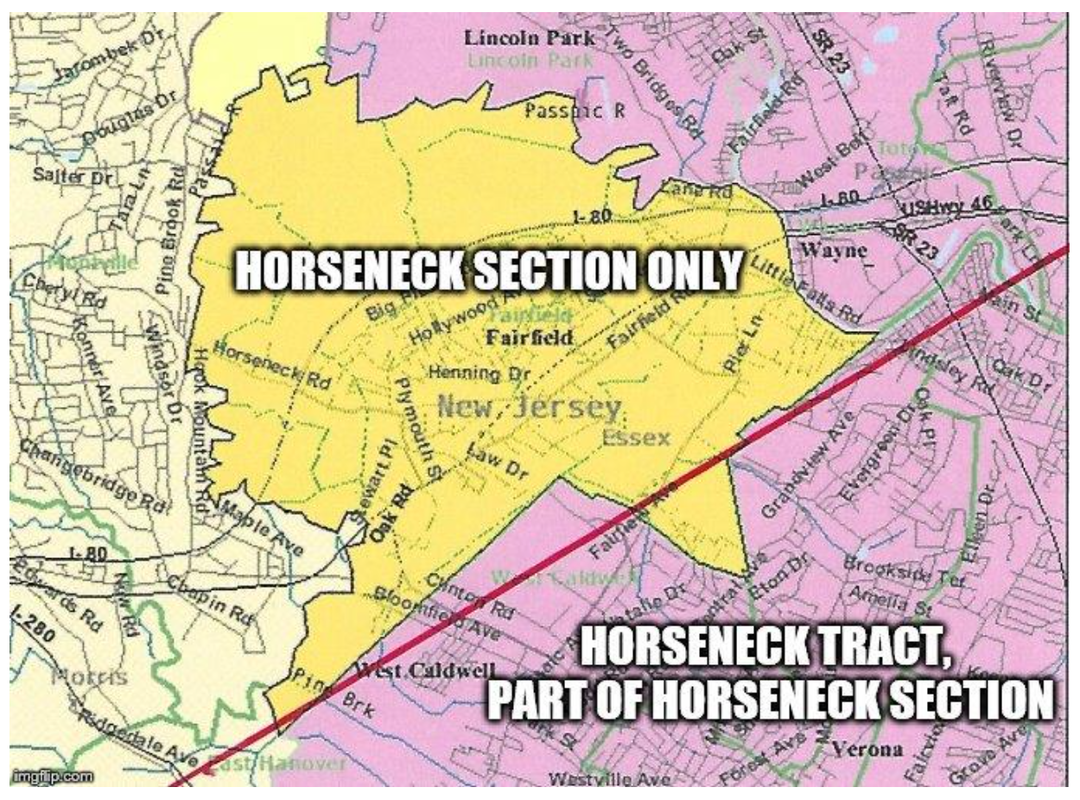
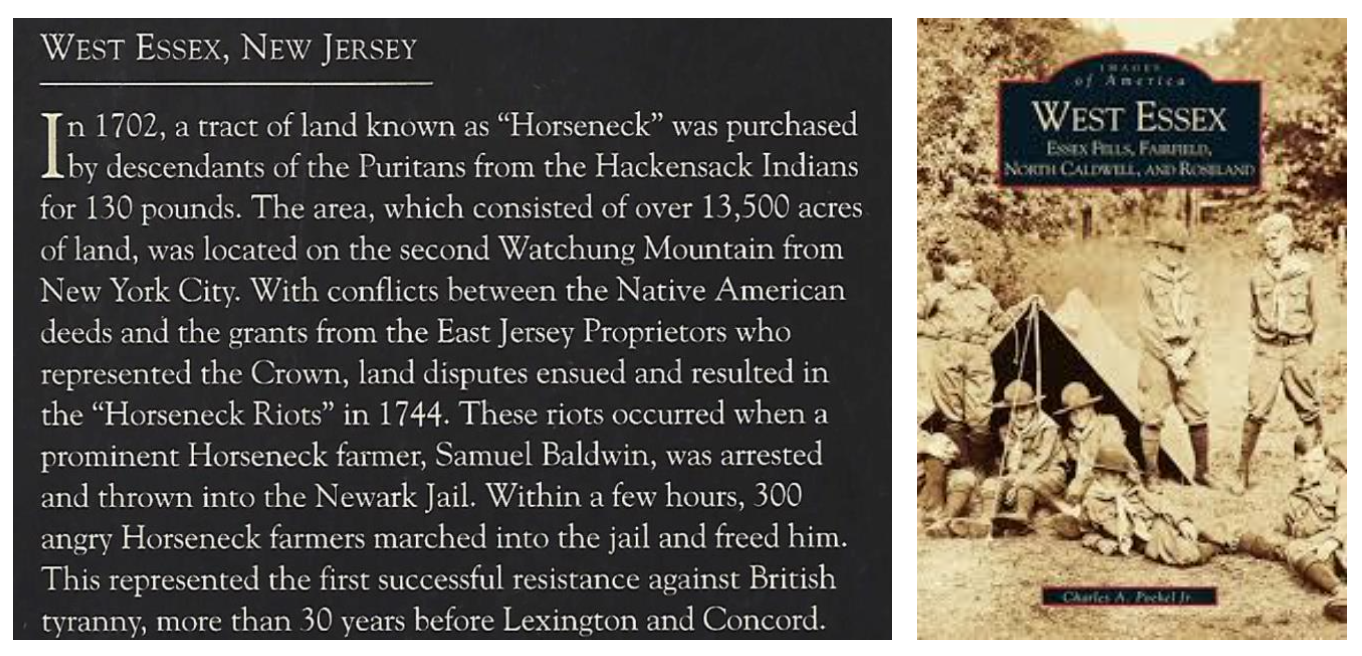
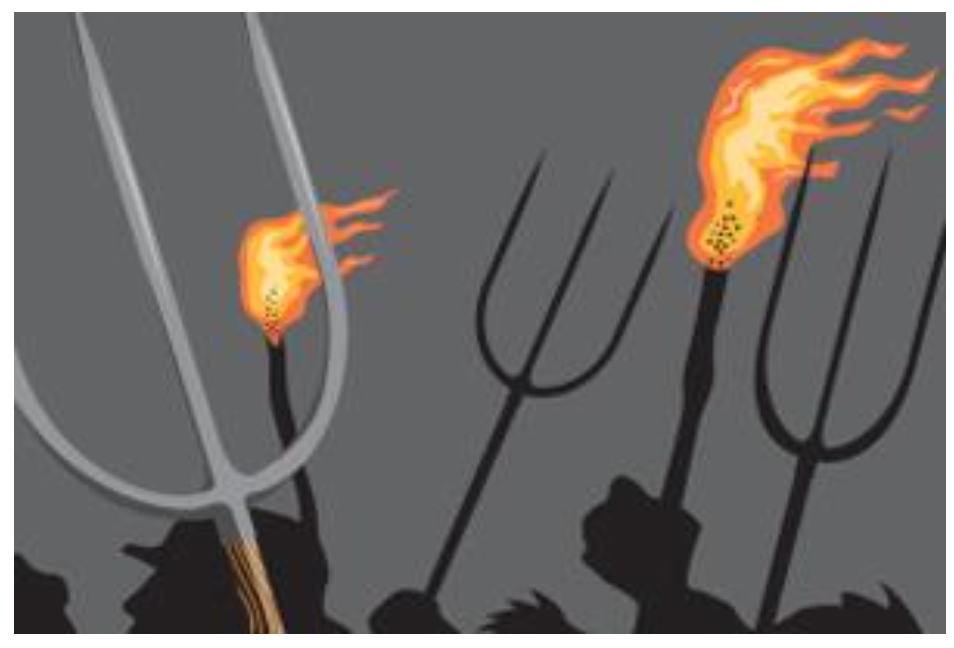

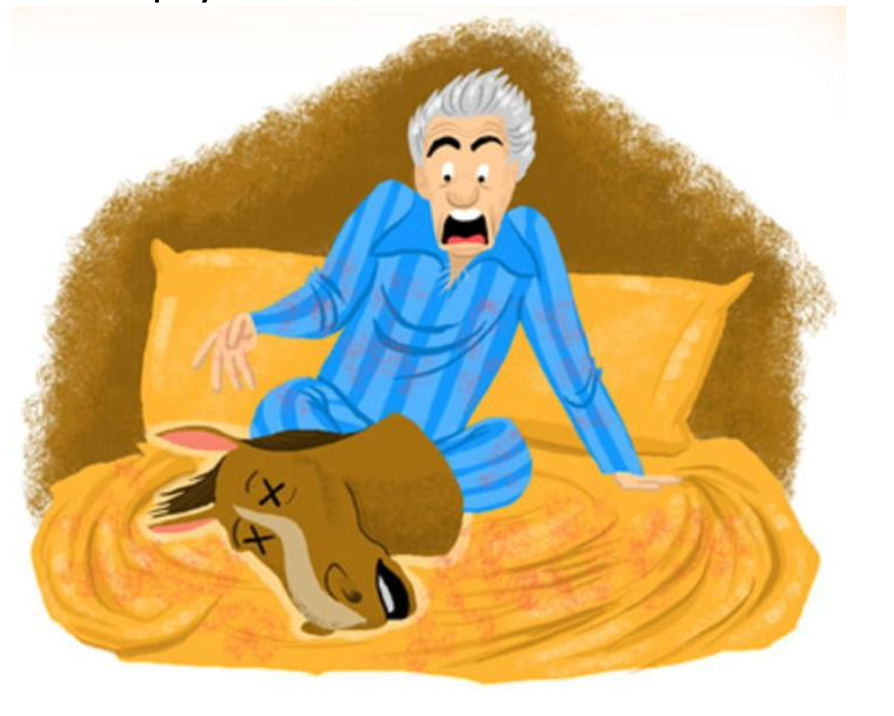
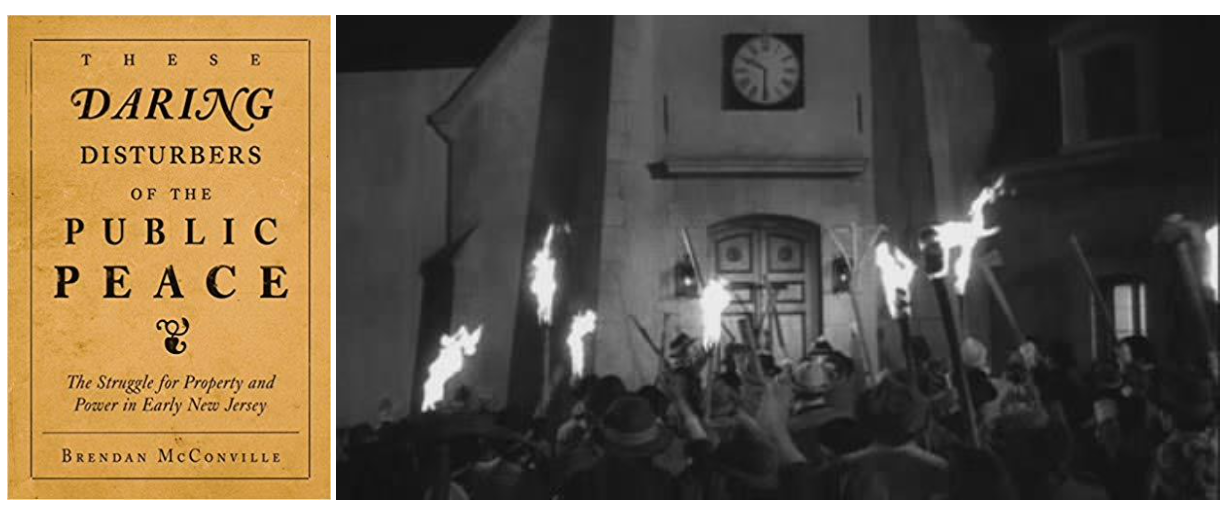
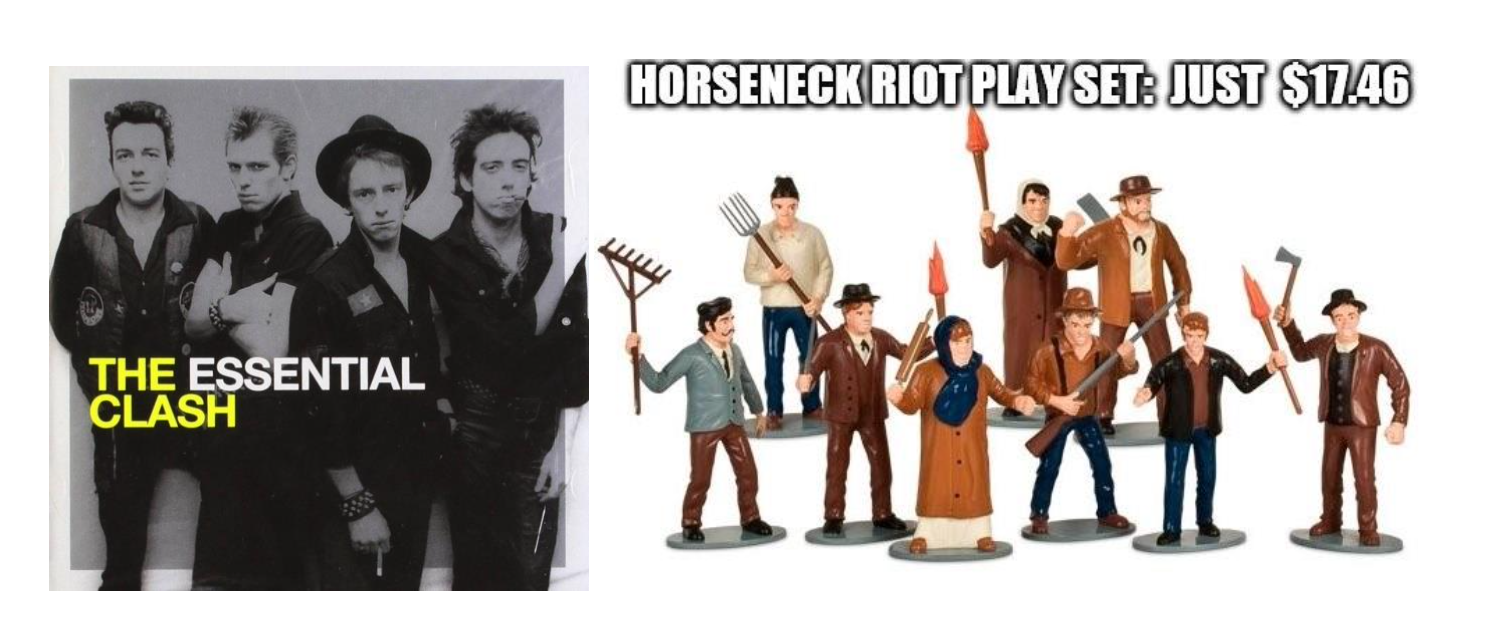
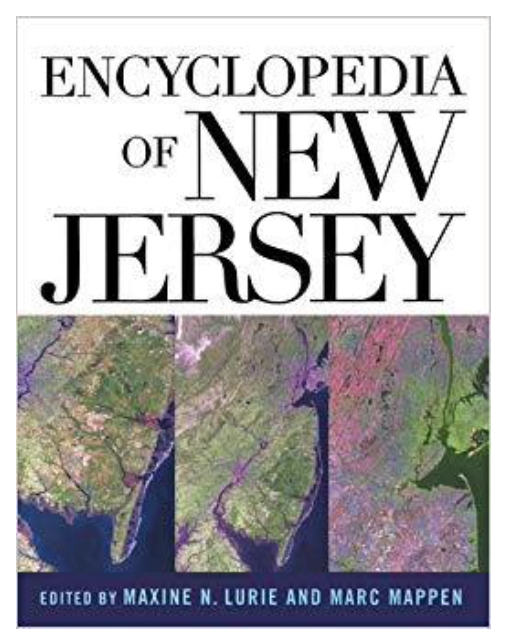
 RSS Feed
RSS Feed